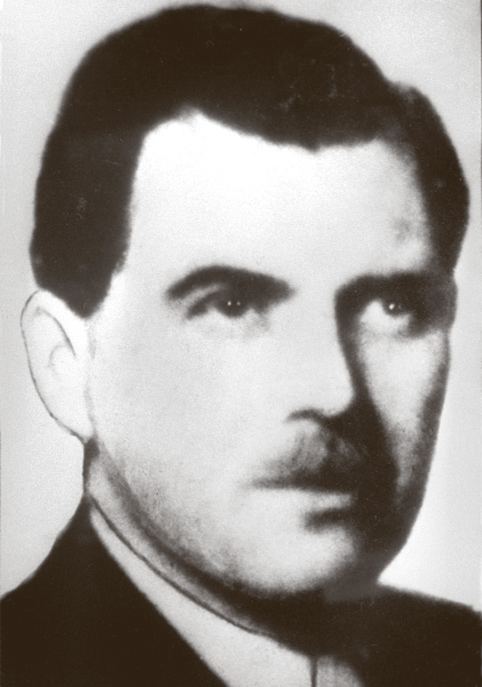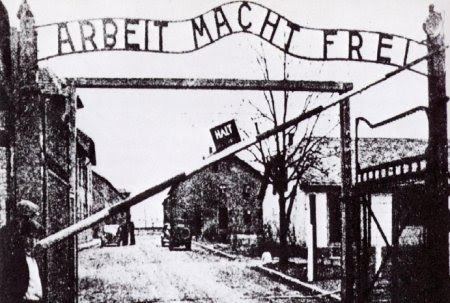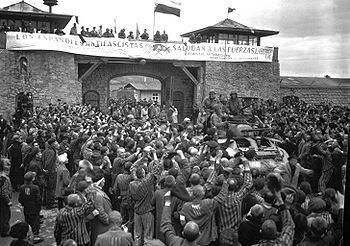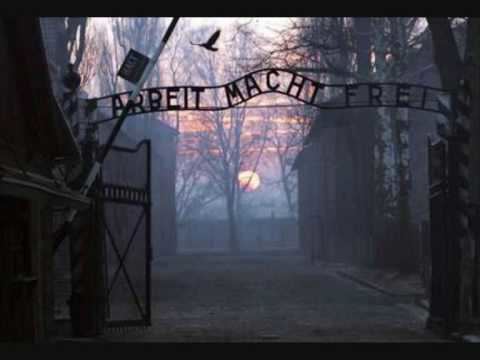Name Miklos Nyiszli Role Doctor | Movies The Grey Zone | |
 | ||
Nationality Austro-Hungarian Hungarian Romanian Books Auschwitz: a Doctor\'s Eyewitness Account, I was Doctor: Mengele\'s Asistant : the Memoirs of an Auschwitz Physician Similar People Josef Mengele, Tim Blake Nelson, Primo Levi | ||
J fr hling mikl s nyiszli prosector of dr mengele 2013 05
Miklós Nyiszli (June 17, 1901, Szilágysomlyó, Austria-Hungary – May 5, 1956, Oradea, Romania) was a Jewish prisoner at the Auschwitz concentration camp. Nyiszli, his wife, and young daughter, were transported to Auschwitz in June 1944. On arrival, Nyiszli volunteered himself as a doctor and was sent to work at number 12 barracks where he operated on and tried to help the ill with only the most basic medical supplies and tools. He was under the supervision of Josef Mengele, an SS officer and physician. Mengele decided after observing Nyiszli’s skills to move him to a specially built autopsy and operating theatre. The room had been built inside Crematorium II (Crematorium I being in Auschwitz Town camp), and Nyiszli, along with members of the 12th Sonderkommando, was housed there.
Contents
- J fr hling mikl s nyiszli prosector of dr mengele 2013 05
- Auschwitz bunker 5 part 6 mikl s nyiszli on bunker 5
- Authorship
- Accounts of life in the camp
- After Auschwitz
- Dramatization
- References

Auschwitz bunker 5 part 6 mikl s nyiszli on bunker 5
Authorship

During Nyiszli’s time in the camp he witnessed many atrocities to which he refers in his book, Auschwitz: A Doctor’s Eyewitness Account.

In the book described the Sonderkommando as enjoying a virtual feast, complete with chandeliers and candlelight, as other prisoners died of starvation. Nyiszli, an admitted collaborator who assisted Dr. Josef Mengele in his medical experiments on Auschwitz prisoners, would appear to have been in a good position to observe the Sonderkommando in action, as he had an office in Krematorium II. Historian Gideon Greif characterized Nyiszli’s writings as among the “myths and other wrong and defamatory accounts” of the Sonderkommando that flourished in the absence of first-hand testimony by surviving Sonderkommando members.
Accounts of life in the camp

While imprisoned, Nyiszli was forced to carry out medical experiments and perform autopsies on dozens of bodies, particularly on dwarfs and twins. Mengele had done research into the causes of dwarfism and twinning, and used Nyiszli to gather more information for him. Nyiszli also carried out the autopsies of prisoners, specifically those suspected to have died from infectious diseases. Mengele was also searching for evidence supporting the "inferiority of the Jewish race". At one point Nyiszli was forced to carry out physical exams on a father-son pair and, after their deaths, to prepare their skeletons for study at the Anthropological Museum in Berlin.

One day, after the gassing of a transport of prisoners, Nyiszli was summoned by sondercommando working in the gas chambers who had found a girl alive under a mass of bodies in a gas chamber. Nyiszli and his fellow prisoners did their best to help and care for the girl but she was eventually discovered by SS guards and shot. This incident was dramatized in the film The Grey Zone and Son of Saul.
Nyiszli was appalled by the disregard for human life and lack of sympathy for human suffering shown by the SS guards and officers. But like his fellow captives, his actions were dictated by his tormentors, and he was forced to perform what he considered immoral acts. As he said:
An event never before experienced in the history of medicine worldwide is realized here: Twins die at the same time, and there is the possibility of subjecting their corpses to an autopsy. Where in normal life is there the case, bordering on a miracle, that twins die at the same place at the same time? [...] A comparative autopsy is thus absolutely impossible under normal conditions. But in Auschwitz camp there are several hundred pairs of twins, and their deaths, in turn, present several hundred opportunities!"
During the roughly eight months he spent in Auschwitz, Nyiszli observed the murders of tens of thousands of people, including the slaughter of whole sub-camps at a time. These sub-camps held different ethnic, religious, national, and gender groups. For example, there was a Gypsy camp, several women’s camps, and a Czech camp, among others. Each sub-camp usually housed between 5,000–10,000 prisoners, and some had even higher populations. Nyiszli was often told which camps were to be exterminated next as it would signal that an increased workload was imminent.
When Nyiszli discovered that the women’s camp his wife and daughter lived in, Camp C, was to be liquidated, he bribed an SS officer to transfer his wife and daughter to a women’s work camp. Nyiszli remained in Auschwitz until shortly before its liberation by the Soviet army on January 27, 1945. On January 18, Nyiszli, along with an estimated 66,000 other prisoners, was forced on a death march that took the prisoners into various parts of the Third Reich’s territories, including German occupied Poland (which was part of Greater Germany), Czechoslovakia, Germany proper, present-day Austria and further into various smaller concentration camps in Germany.
After Auschwitz
Nyiszli’s first major stop after the forced march out of Auschwitz was the Mauthausen concentration camp in northern Austria, near the city of Linz. After a three-day stay in a quarantine barracks at Mauthausen, he was sent to the Melk an der Donau concentration camp, about three hours away by train. After a total of 12 months of imprisonment, including two months in the Melk an der Donau camp, Nyiszli and his fellow prisoners were liberated on May 5, 1945, when U.S. troops reached the camp. Nyiszli's wife and daughter also survived Auschwitz and were liberated from Bergen Belsen. He never worked with a scalpel again after the war.
Nyiszli died of a heart attack on 5 May 1956. His daughter Susanna married in 1952 and had a daughter, Monica. She died on 8 January 1983. His wife Margareta died on 5 September 1985, aged 84.
